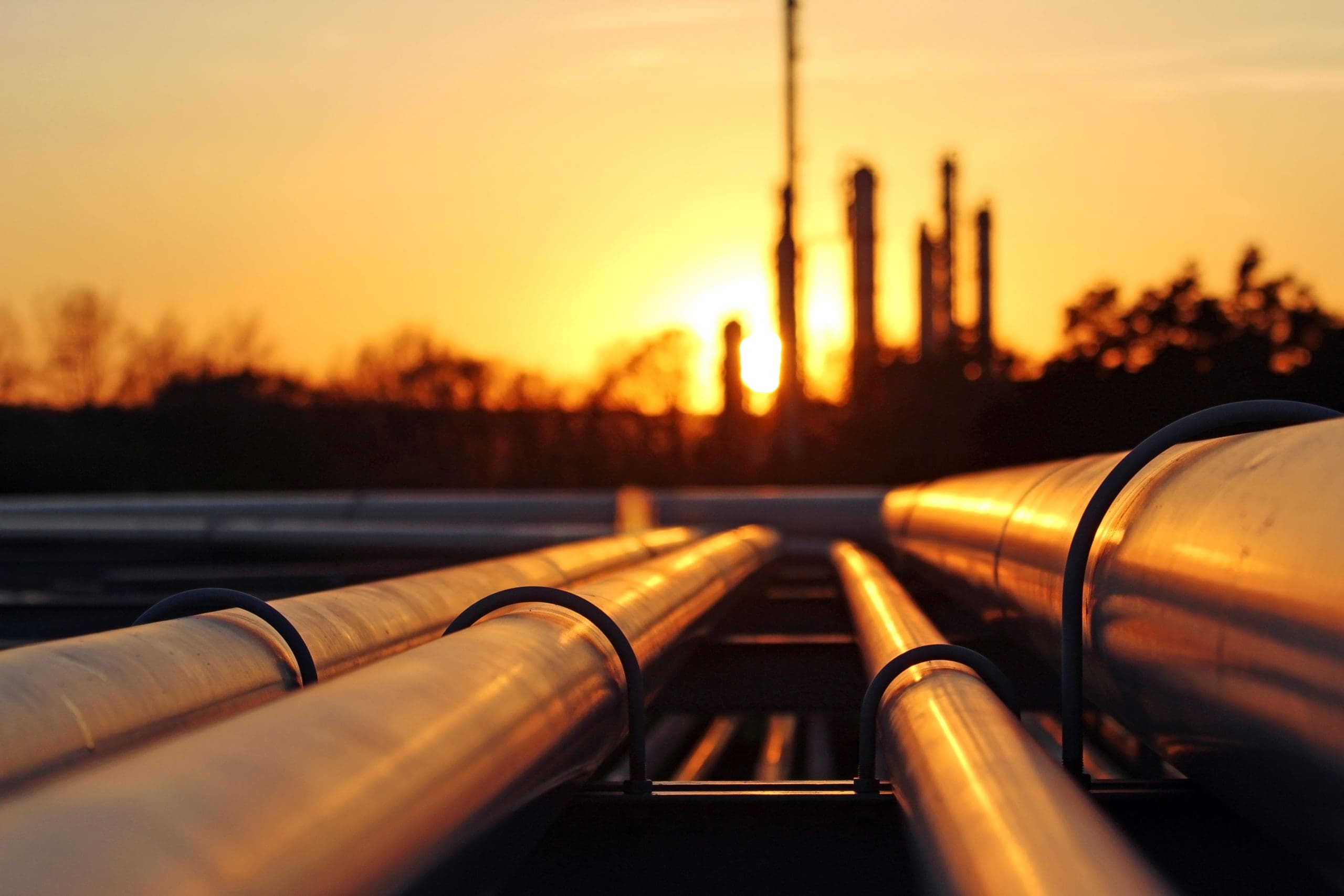
Rarely do we stop to wonder where fuel comes from. But a distribution network for oil, gas, and refined products is continuously working, silently and out of sight, to keep our homes warm, our showers hot, and our vehicles running. A closer look at this enormous network that crisscrosses the country, moving oil and gas from wells to refineries and then on to consumers like us, can be pretty awe-inspiring.
According to Forbes, in a nutshell, the transportation chart looks like this:
- 100% of natural gas in United States ships by pipeline.
- 70% of crude oil and petroleum products also travel by pipeline.
- 23% of oil shipments move on tankers and barges.
- 4% of shipments travel on trucks.
- 3% of shipments move by rail.
# 1: Pipelines
Pipelines are the workhorses of the fuel transportation system and do the lion’s share of the job. The United States has over 200,000 miles of pipeline that carry natural gas, crude oil, and refined products from source to end-users. (Estimations suggest that if all natural-gas pipelines in the USA were connected end-to-end, the resulting length would be sufficient to make three round trips to the moon!)
Different pipelines carry different products for different purposes, with diameters ranging from 2 inches to 4 feet. For example, crude oil pipelines transport material from the field to refineries. Those used for natural gas are manufactured to carry the material from product wells to refineries. Distribution of the finished refined goods is then completed via a third kind of pipeline.
However, we don’t see them very often because pipelines are mostly buried underground. Other than the occasional sighting of an above-ground shut-off valve or a sign warning against digging, we may not even know they exist.
Maintenance and safety protocols for pipelines are extremely important for this reason. Gas and hazardous liquid (crude oil, refined products, and other petroleum liquid) pipelines are fortified to be as strong and durable as possible. This is because accidental leaks and spillages can have far-reaching polluting effects. Constant maintenance, using devices like Pipeline Inspection Gauges that are sent through pipelines to inspect interiors and clean debris, helps foresee potential threats to a pipeline’s integrity.
That said, pipelines are still the safest way to carry oil and natural gas, according to the National Transportation And Safety Board.
# 2: Ships
Marine vessels are the second most cost-effective medium of transport, domestically and internationally.
Large tankers, holding an average of 2 million barrels of crude oil per movement, carry `dirty’ cargo like crude oil and unrefined commodities. Smaller vessels handle transport of `clean’, refined material like diesel, gasoline, and jet fuel.
# 3: Trucks
The advantages of trucks for short-haul transport are not hard to see. Scheduling shipments by truck are more flexible. Unlike pipelines or trains, trucks can load and drop off goods at different locations. Small batches of material on each truck means potential damages from leaks or accidents are more manageable too.
As a mode of transport further up the distribution funnel, they are less efficient and cost-effective. At this juncture they are only typically used when wellhead locations are too far from railways and pipelines. This is because the amount of crude oil an average truck can transport is only between 200-250 barrels per movement.
However, trucks do play a very important role at the tail-end of the transportation circuit. Typically, they deliver fuel to gas stations or deliver fuel straight to the consumer. This is something none of the other three modes of transport can accomplish.
# 4: Railways
For over 150 years, rail transport had been the primary way to move oil across the country. Even today, the U.S. rail network, spreading across 155,342 miles, devotes 80% of its infrastructure to freight lines that transport energy products like crude oil, ethanol, propane, asphalt, and other petroleum derivatives.
At a time when there weren’t sufficient pipelines to meet demand, the oil industry used the railways to transport crude. But the idea of shipping natural gas that way on a large scale is currently a topic of hot debate, due to a variety of potential risk factors.



